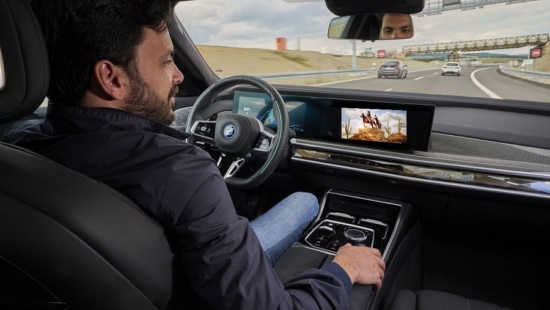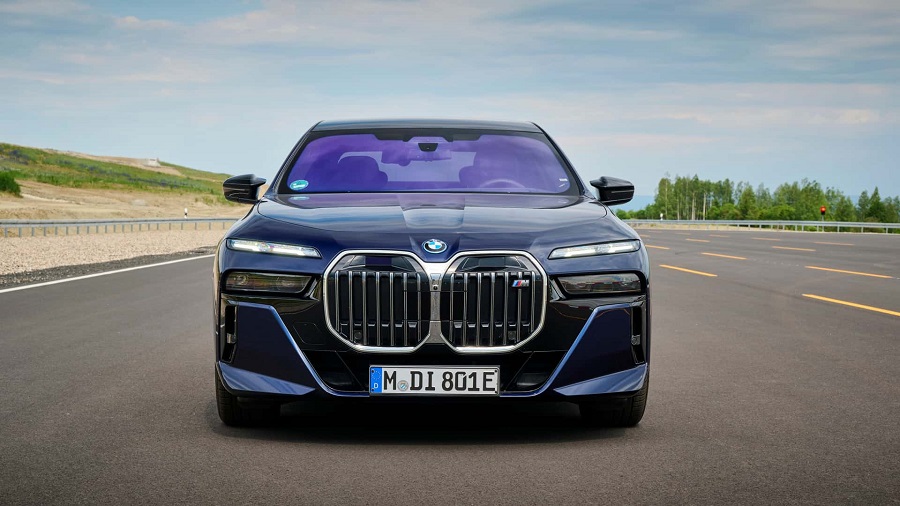BMW is set to join the ranks of automakers pioneering Level 3 semi-autonomous driving assistance systems, with the technology making its debut in the esteemed 7 Series, the largest sedan in BMW’s lineup. This move positions BMW as the second global car manufacturer to offer a Level 3 automated driving assistance system, a classification that has been extensively discussed in prior articles.
Upon the delivery of the first vehicles equipped with the requisite hardware and software in Germany this spring, drivers will gain the freedom to navigate without actively focusing on the road or using their hands. The system, named BMW Personal Pilot L3, empowers drivers to engage in activities such as reading or sending text messages while using the central infotainment screen as a source of entertainment, even functioning as a TV.
BMW has officially confirmed that drivers “can also use digital services, for example, streaming videos from various service providers on the central screen during the trip.”
While the prospect of watching TV during the morning commute represents a significant advancement in driver assistance systems, it’s essential to acknowledge the inherent limitations of Level 3 systems. Despite these constraints, this marks a substantial leap beyond Level 2 systems, prompting contemplation about the practicality of Level 2 driver-assistance systems, such as Tesla’s Autopilot system.
It is crucial to distinguish the new BMW Personal Pilot L3 system discussed in this article from the previous BMW Highway Assistant system, which operates at the second level, necessitating drivers to maintain focus on the road and keep their hands on the steering wheel, facilitated by a driver monitoring system.
However, as with any technological innovation, there are certain restrictions. Initially, the system will only be operable at speeds up to 37 mph (approximately 60 km/h), making it suitable for traffic jams and well-marked roads with lower speed limits. Beyond these scenarios, usage is restricted. Unlike Level 3 systems, drivers cannot nap in the front or back seat; they must be prepared to regain control when prompted by audio and visual signals. Failure to do so within a specified timeframe will result in the vehicle gently slowing to a stop.
One notable constraint is the 7 Series system’s limitation to “highways with structurally separated roads,” excluding two-lane roads separated by drawn lines and, consequently, a considerable number of rural roads in Germany.
In terms of functionality, the Level 3 system in BMW 7 Series is not constrained by nighttime use. BMW employs an advanced sensor array, including radar, lidar, cameras, and ultrasonic sensors, to facilitate operation in the dark. This feature is particularly advantageous for navigating traffic jams during winter commuting hours when darkness prevails.
However, one geographical setback is evident—BMW’s Level 3 system will not be usable in the United States due to existing regulatory challenges. The automaker faces the complex task of obtaining approval for its Tier 3 system from each individual state. This regulatory landscape mirrors the situation with Mercedes’ Tier 3 system, which is currently limited to autonomy-friendly jurisdictions in the United States.






